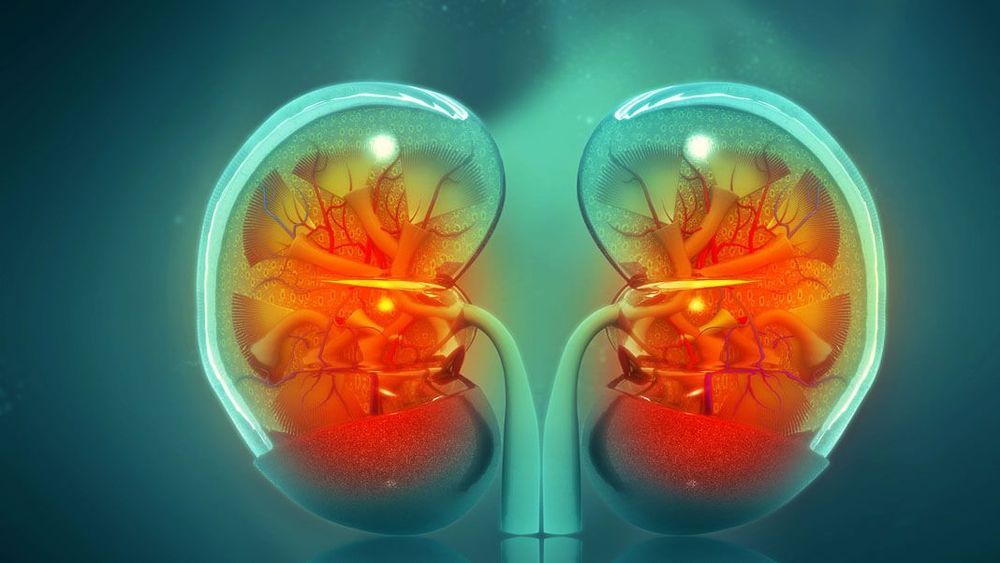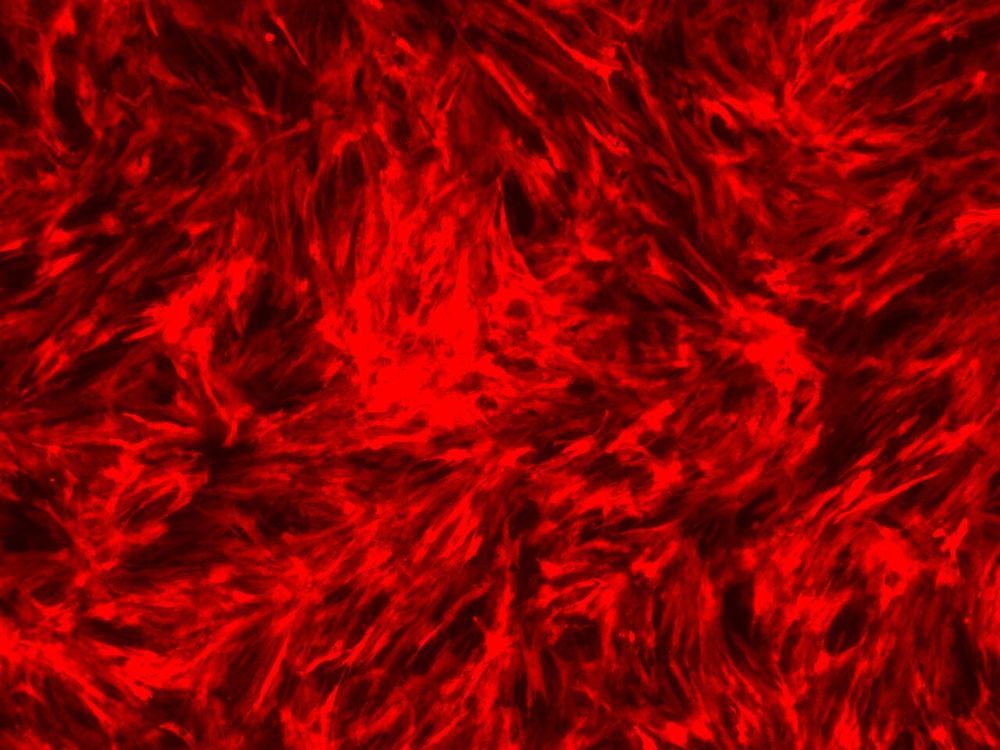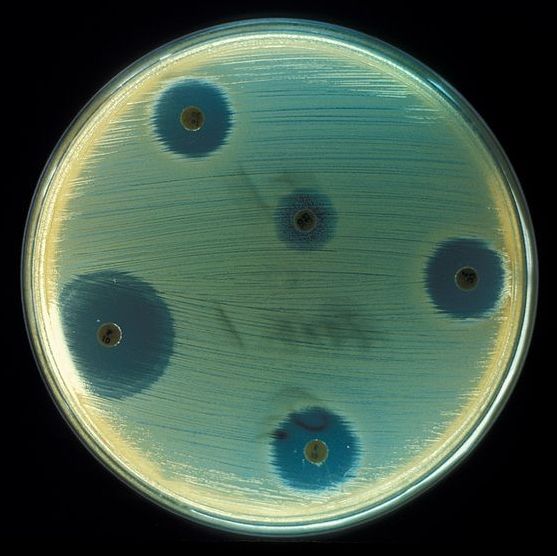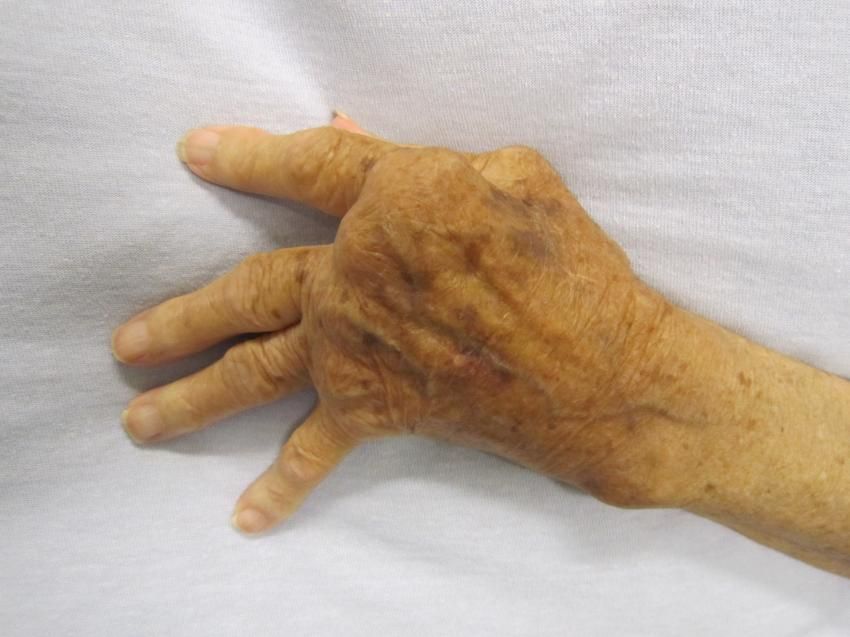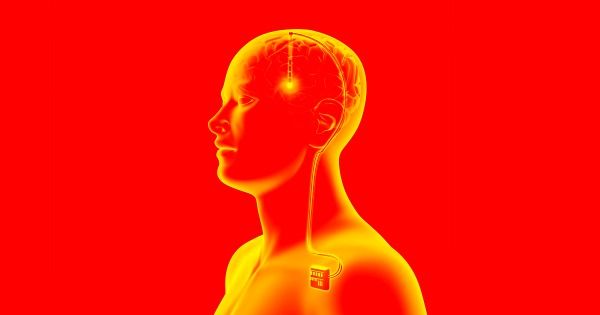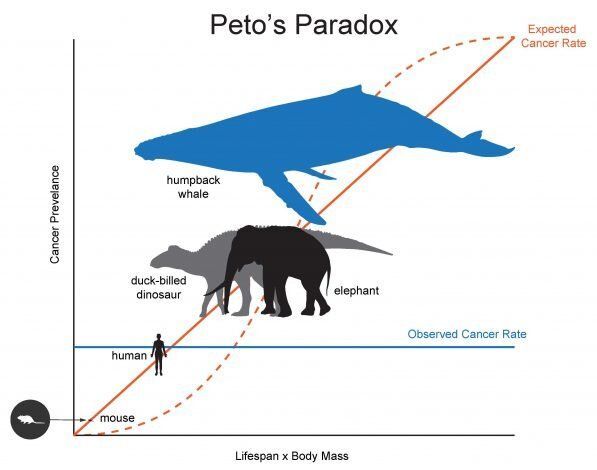May 10, 2019
Repair Biotechnologies Raises a $2.15M Seed Round
Posted by Steve Hill in categories: biotech/medical, finance, life extension
Great news for Repair Biotechnologies a new startup company developing solutions to age-related immune system decline and heart disease.
In 2018, Reason and Bill Cherman founded Repair Biotechnologies, which, as its name suggests, is a rejuvenation biotechnology company focused on damage repair approaches to aging. The company has recently completed a seed round of investment funding, with a total of $2.15 million being put into the company’s coffers to bolster research and development. Reason described this seed round as follows:
We are very pleased to have the support of noted investors such as Jim Mellon. They are the people who are presently providing the fuel and publicity for ever faster progress in the longevity biotechnology industry.
Continue reading “Repair Biotechnologies Raises a $2.15M Seed Round” »

